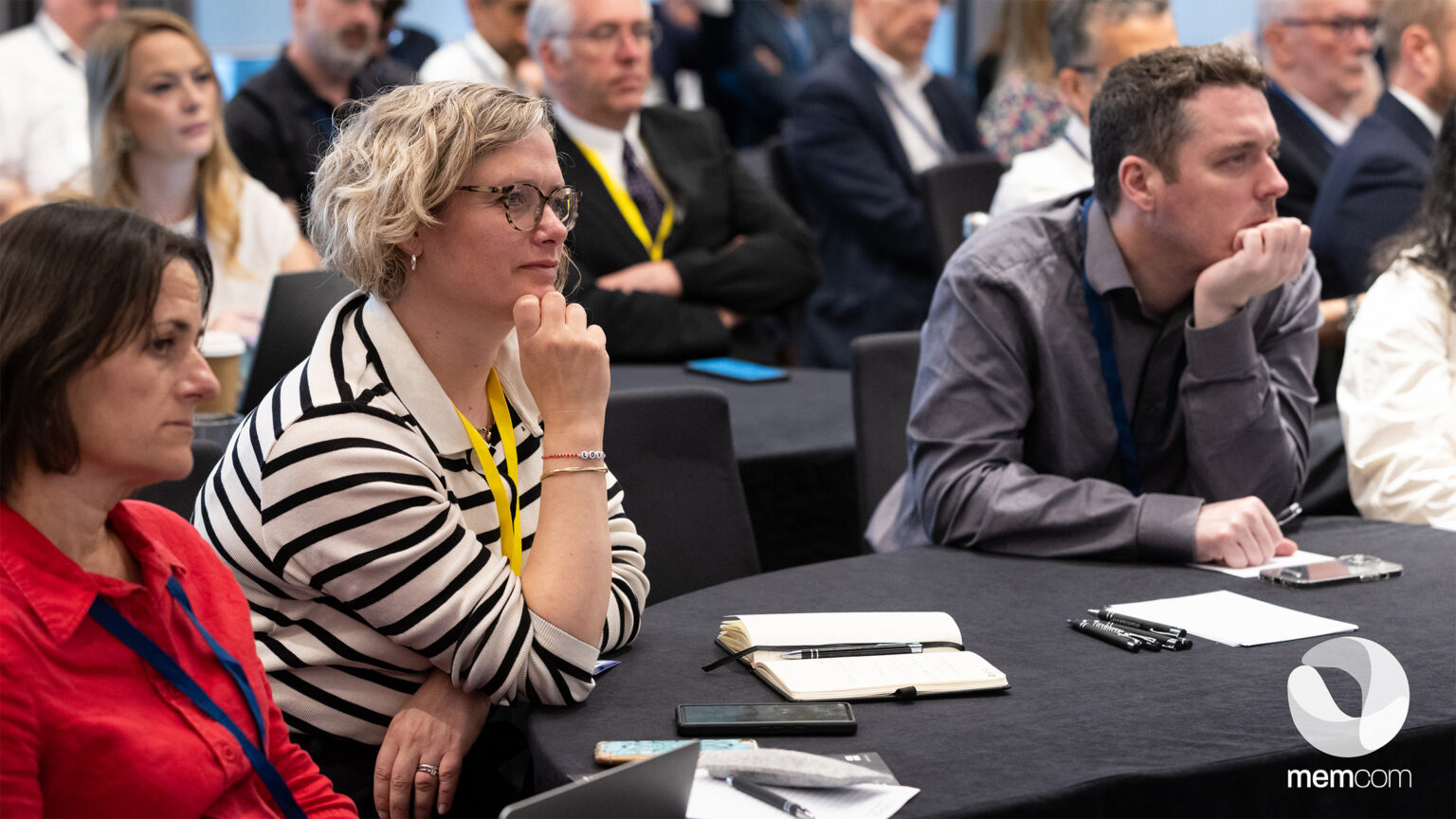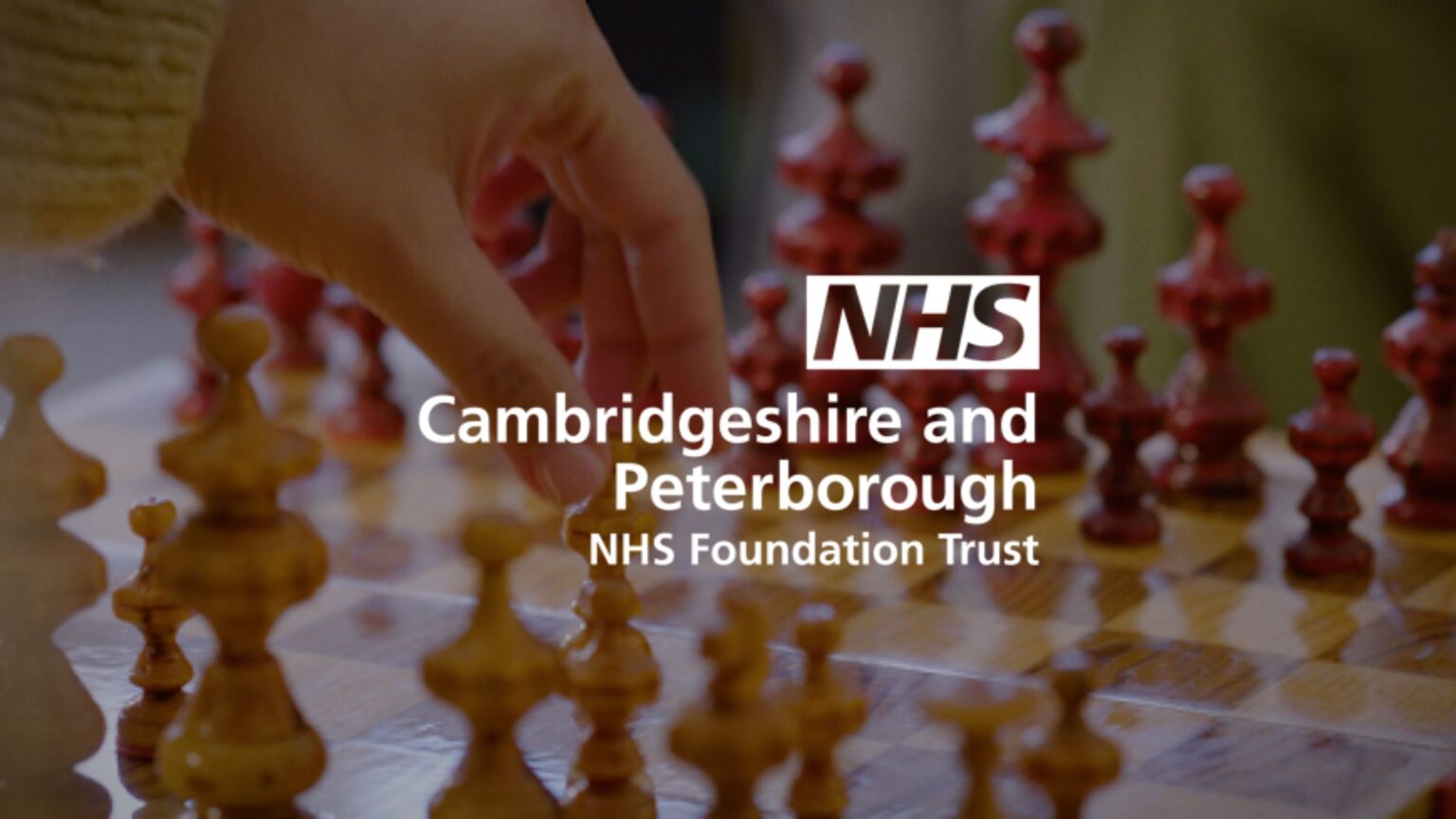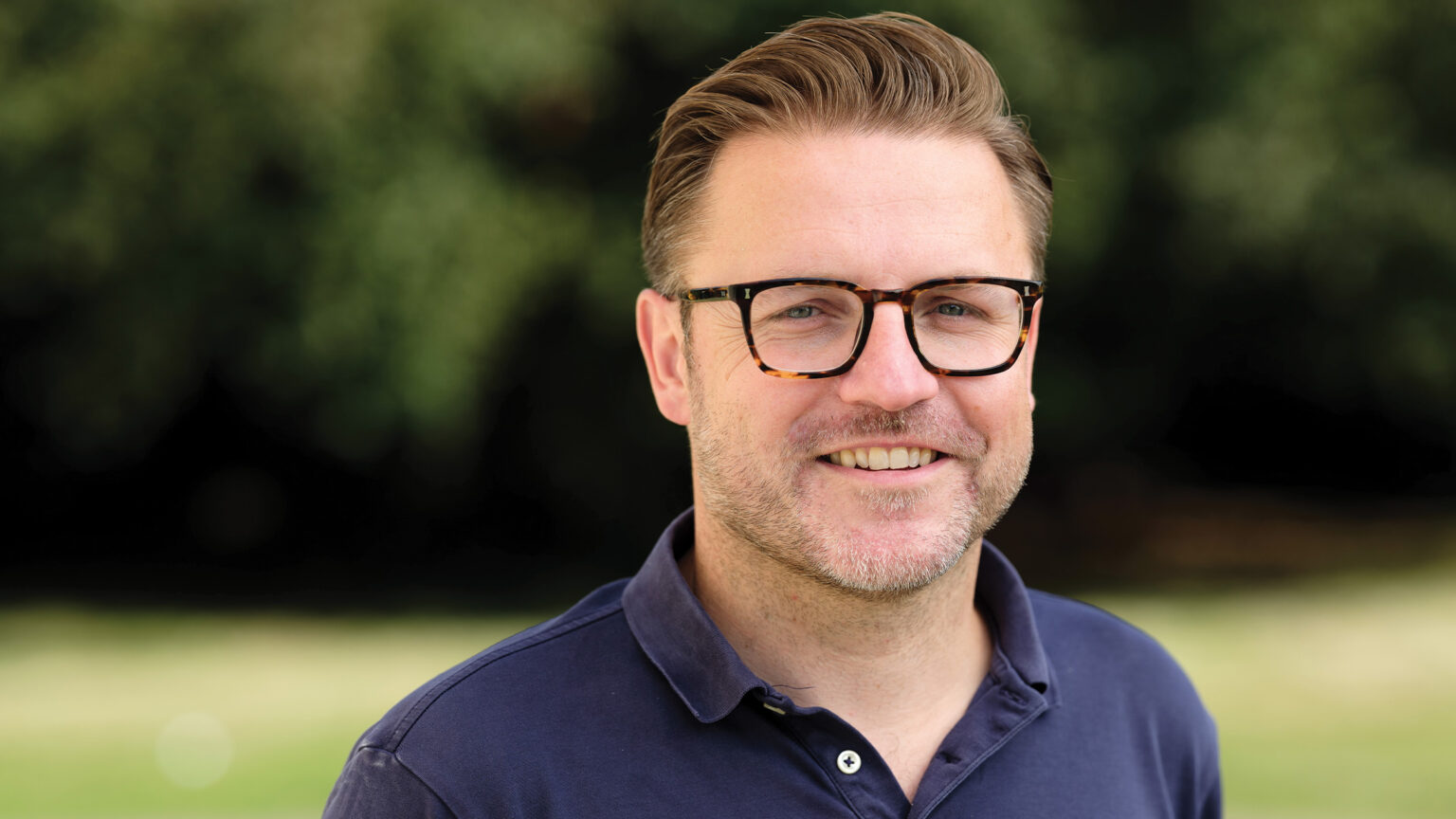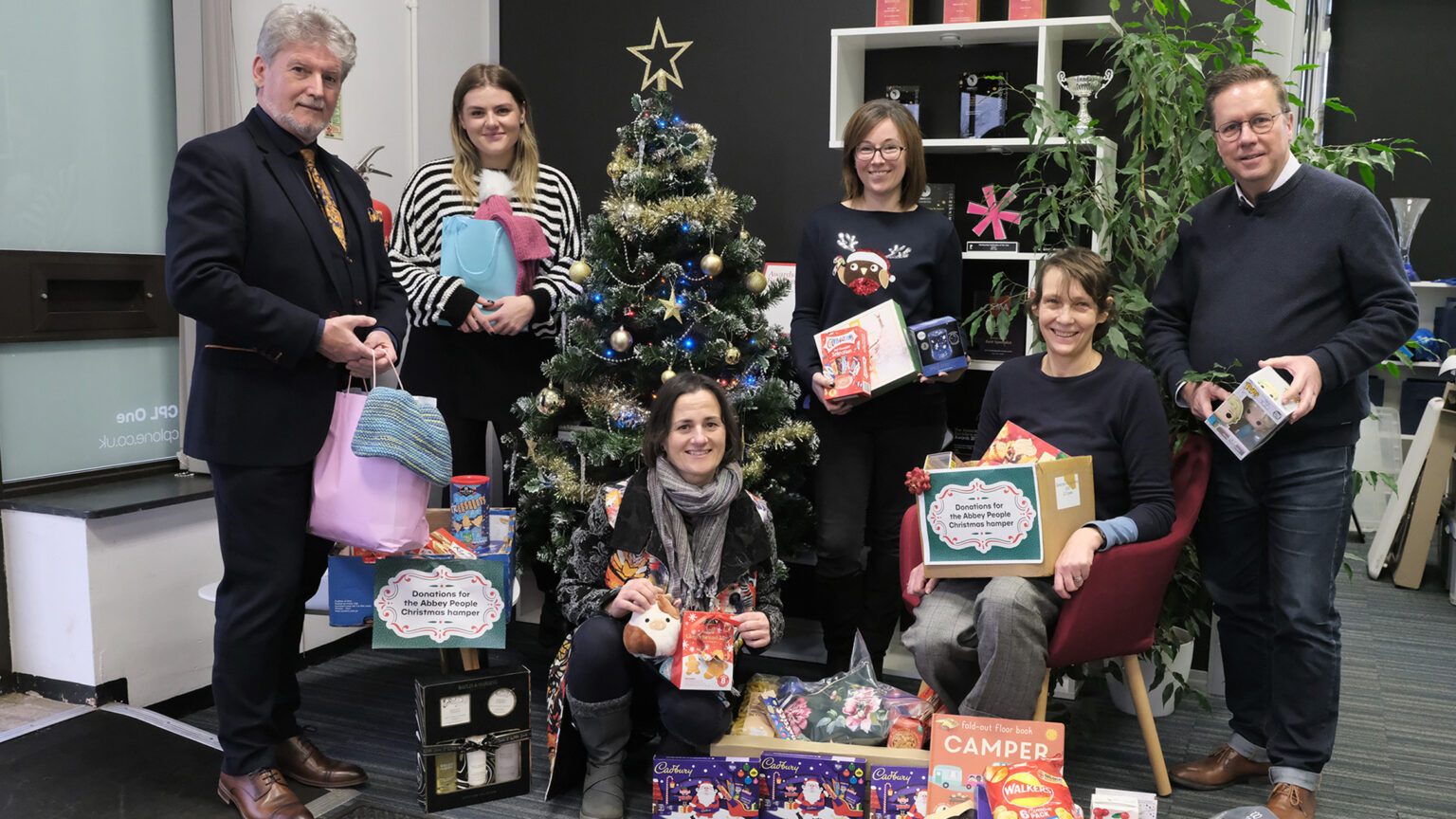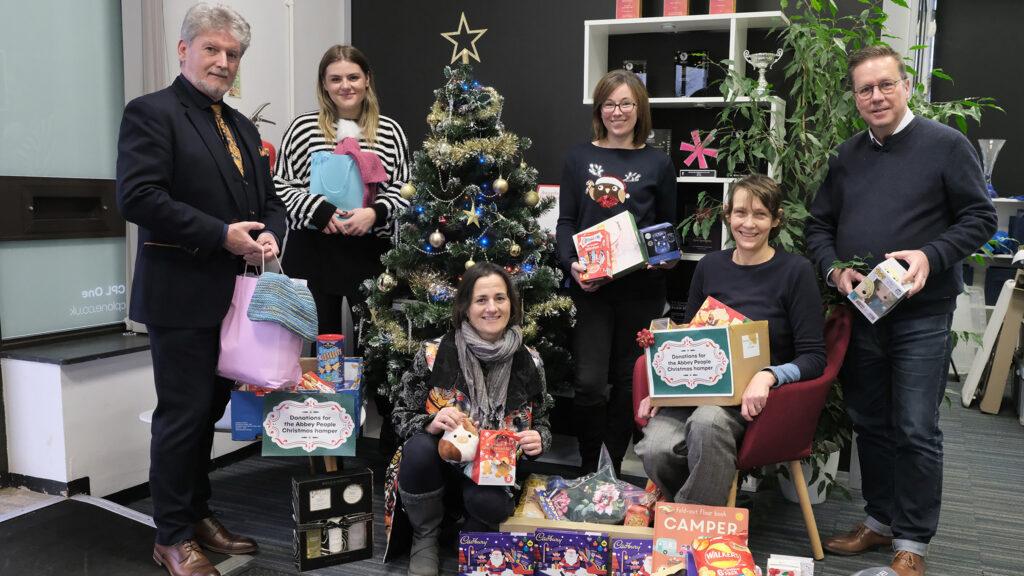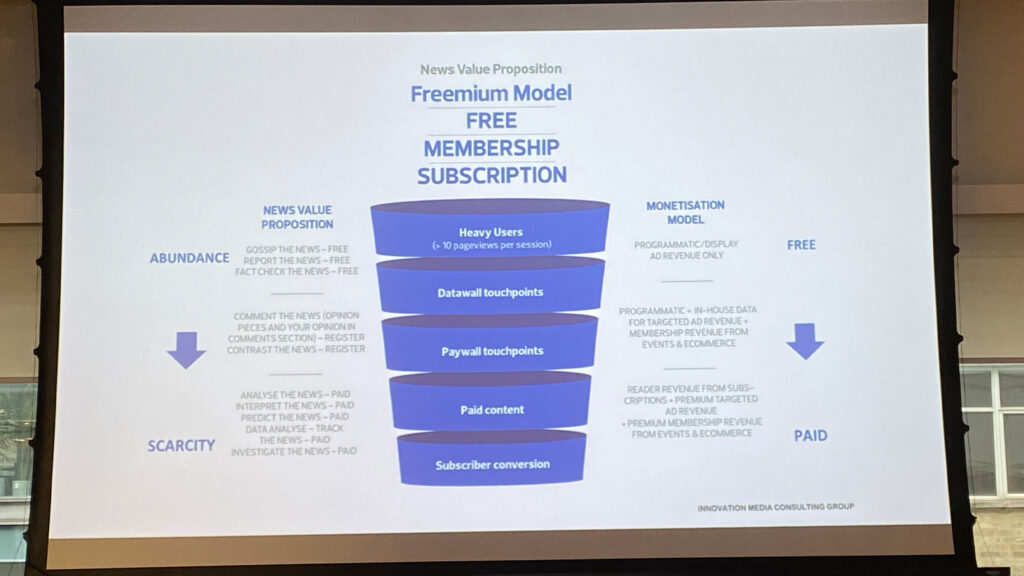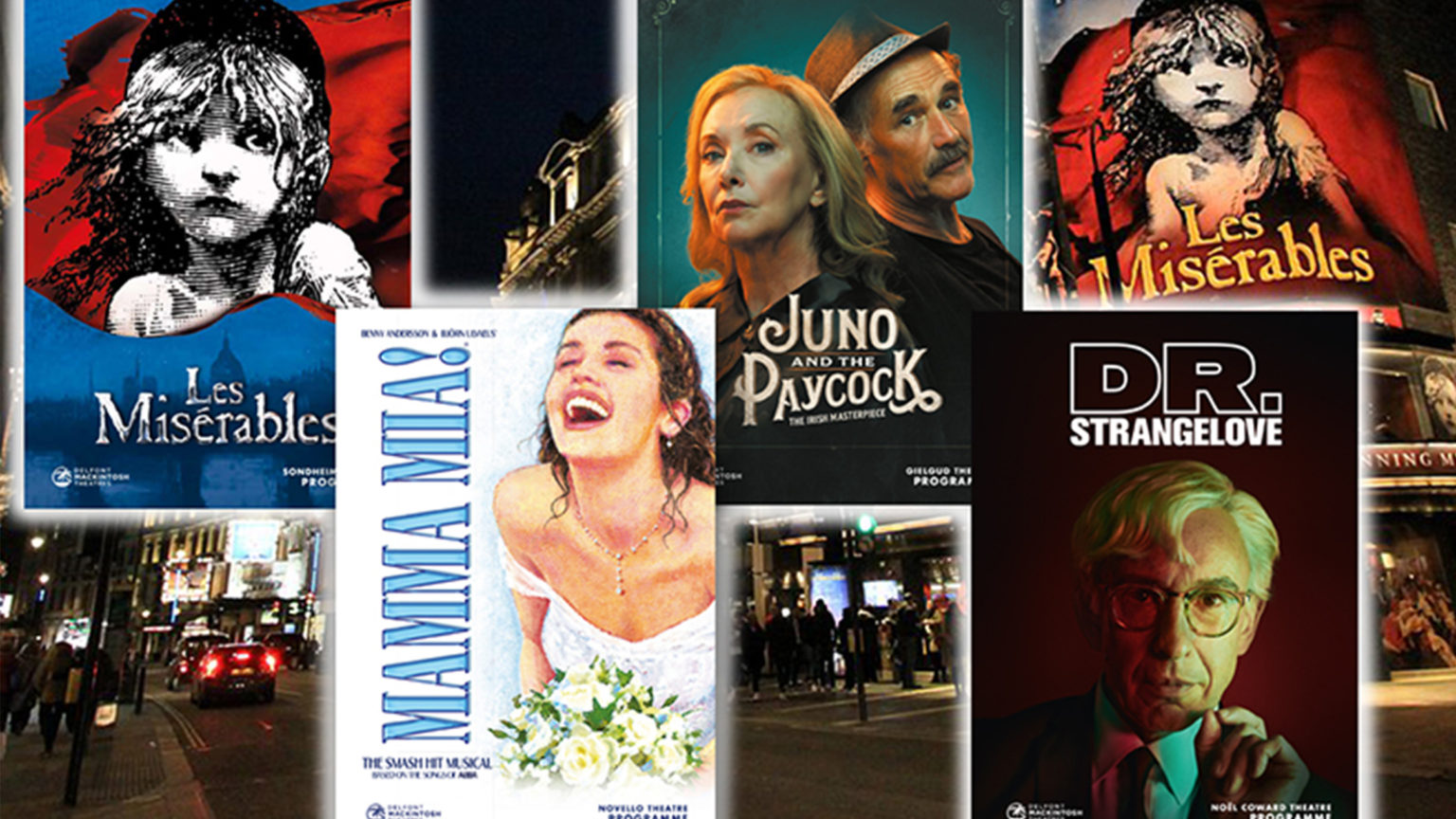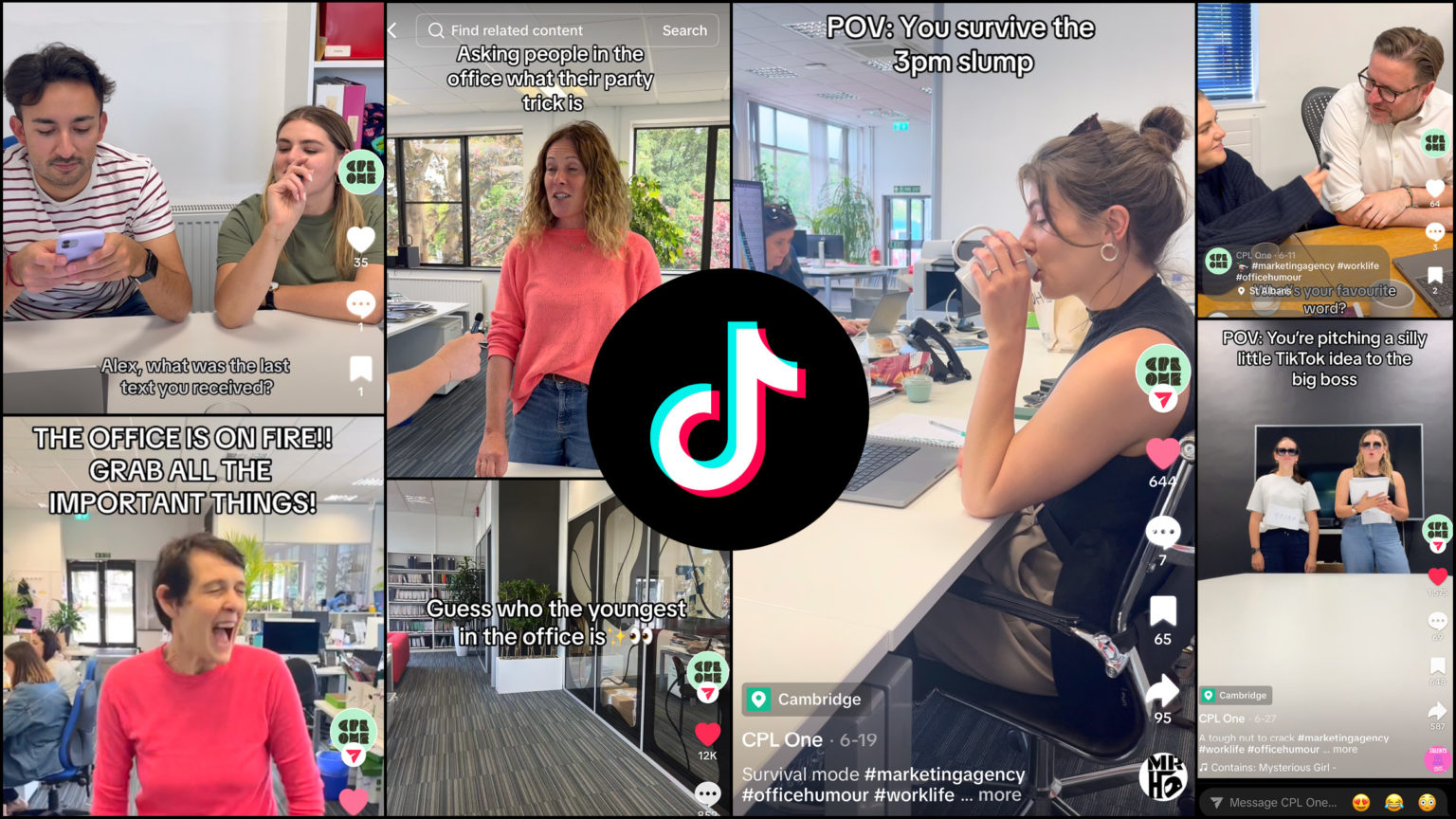Trust, collaboration and the craft of journalism were hot topics at the Memcom Conference 2025, says editor, Louise Parfitt.
Change or die? That was the title of one of the sessions at this year’s Memcom Conference, at which CPL One was a sponsor, exhibitor, and host of a panel discussion.
The day was also an opportunity for us to take a wider view of what the future of membership associations and their supporting communications will look like – and how societal and technological changes are already impacting the sector.
Adam Sampson, CEO of the Association of Optometrists, who hosted the ‘Change or die’ session, likened the current period in which we find ourselves to a new industrial revolution. He asked what membership associations need to be doing differently and how we can prepare them for change – or even to no longer exist. The discussion wove in challenges around membership numbers, the potential to evolve the transactional model of membership and what that could look like, and audience engagement in an increasingly digital-focused world of work.
Understanding member needs
My colleague Lucy Oakshott, business development director at CPL One, took a deeper dive into this topic when she moderated a session titled ‘Print v digital: finding the sweet spot for member engagement’. The discussion highlighted that this isn’t a simple ‘either/or’ conversation. It’s about understanding your members – what they need, what they value, and how best to reach them in a world of endless formats and platforms.
During the session, we heard from Christian Walsh, content and digital director of the Market Research Society, whose organisation has moved to solely using a digital space for its magazine; John Mark Williams, CEO of the Institute of Leadership, which is moving to a hybrid print and digital model for its communications; and Sajeeda Merali, CEO of the PPA, who emphasised that the commodity of trust cannot be underestimated.
“The craft of journalism overlaid with an established brand creates a trusted environment, and from a membership perspective that’s really important,” she said. “As a member of an organisation, I want to know that the information I get from that organisation can be relied upon.”
Williams said one of the most important things is making sure you take your audience with you if you decide to change or use a different format. “In the end, it’s all about expectations, and I sometimes think that’s the most important word in the world. What are the expectations of our target audience for how we will engage with them and present content?”
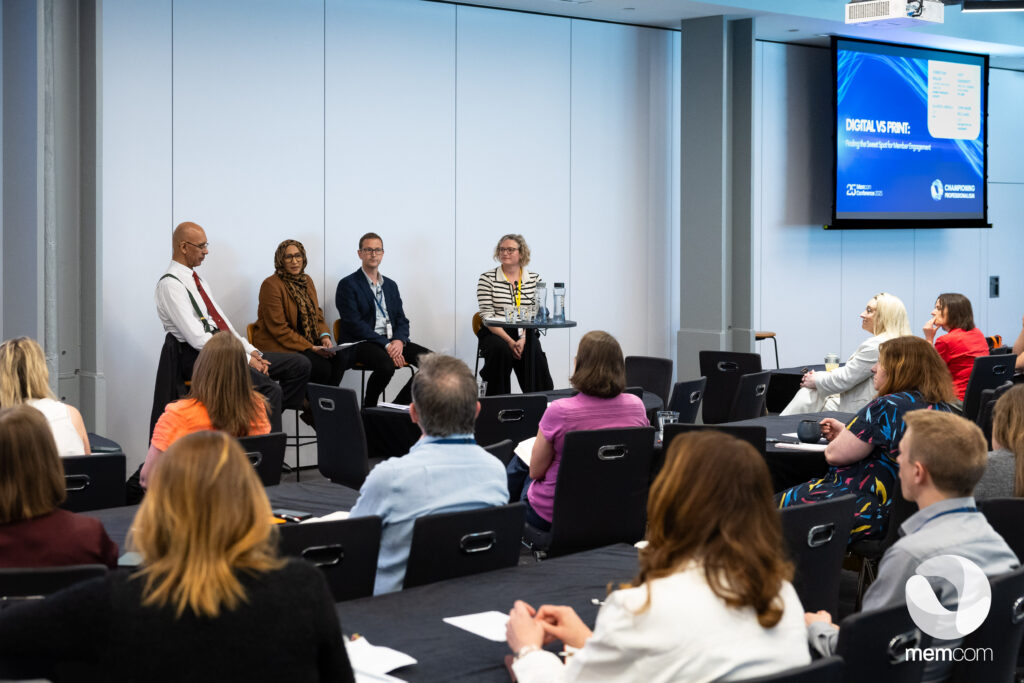
Collaborative approach
What is clear is that no matter which path membership organisations take, trust and collaboration remain at the heart of the journey. A content marketing agency such as CPL One can help guide you on the way, to think about what you want to achieve with your membership content, what its role is in that member-benefits sphere, and how it helps your community belong and feel part of the organisation.
And that is what the day was about – a community coming together to take a long look at the challenges it faces, to embrace the opportunities that may arise and prepare for some hard choices. Most of all, it was a reminder that there is power in being bold, being curious, and making strategic, insight-driven choices.
Want to know more about how we can meet the expectations of your membership? Get in touch.

